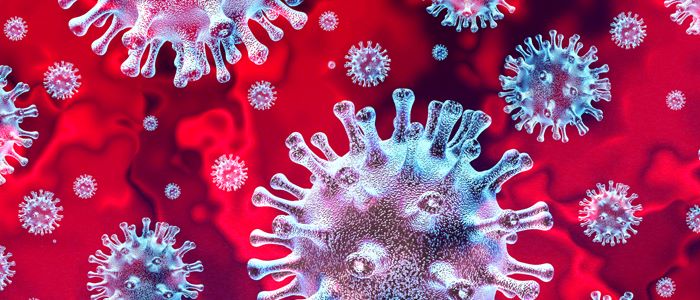The additive effect of socioeconomic status on the association between lifestyle and adverse COVID-19 outcomes
Published: 18 April 2022
In the UK Biobank study of 340,000 people, the highest risk of COVID-19 mortality was seen in those with a combination of unhealthy lifestyle factors and who were also from a disadvantaged background
The UK Biobank study of 340,000 people, the highest risk of COVID-19 mortality was seen in those with a combination of unhealthy lifestyle factors and who were also from a disadvantaged background.

In the UK Biobank study of 340,000 people, the highest risk of COVID-19 mortality was seen in those with a both a combination of unhealthy lifestyle factors and who were also from less advantaged backgrounds.
A recent IHW/ICAMS paper published in BMC Infectious Diseases, authored by General Practice and Primary Care's Dr Hamish Foster and Public Health's Dr Fred Ho, makes an important and timely contribution to COVID-19 epidemiology, especially considering a looming cost-of living crisis.
The study aim was to examine how socioeconomic status (SES) modifies the association between a lifestyle score and COVID19 mortality/severe disease. The team analysed data from 343,850 participants recruited to the UK Biobank cohort study between 2006-2010. For SES, analysis took account of area-level deprivation, annual household income, and education attainment. For lifestyle, researchers used a score comprised of nine factors: smoking, alcohol, physical activity, television viewing, sleep, fruit and vegetables, oily fish, and red and processed meat intake.
Results showed 707 (0.21%) participants died from COVID-19 and 2,506 (0.76%) had severe COVID-19. Both lifestyle and SES were independently associated with COVID-19 outcomes. However, the highest absolute risks were in participants with the least healthy score but who were also from the least advantaged backgrounds. Statistical tests were consistent with an additive interaction.
The study generated media interest (STV, BBC Radio Scotland) and senior author, Prof Kate O’Donnell, highlighted the implications in a press release:
"To reduce COVID-19 harms in these vulnerable population groups, who are more susceptible to negative outcomes – and to mitigate against future pandemics – it’s important that policies and healthy living support are optimised for the people and most disadvantaged groups who need it most."
Find out more
- Read the full paper
- Access a thread of related twitter posts
- Access a radio interview with Dr Hamish Foster
First published: 18 April 2022
<< April 2022

